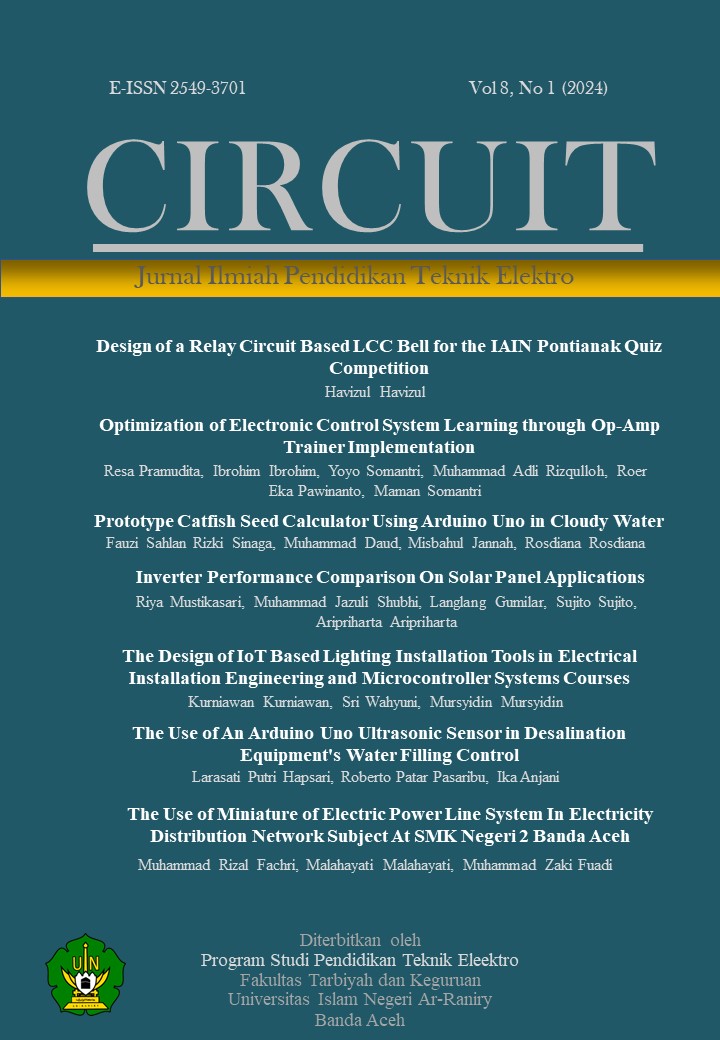Determination of Optimum Resources for the Blang Kejeren Electrical System Using PSS Sincal Application
DOI:
https://doi.org/10.22373/crc.v8i1.19441Keywords:
Isolated, GI, DG, power flow, PSS SincalAbstract
Currently, the Customer Service Unit (ULP) of the Blang Kejeren State Power Company (PLN) uses the system of the Diesel Power Power Centre (PLTD). Sistem ini terdiri dari PLTD yang dimiliki PLN dan PLtD Lewa, serta beberapa PLTMH (Pusat Listrik Tenaga Mikro Hidro). Aim of the study is to assess the technical viability of the 20 kV ULP Blangkejeren system if supplied with the Kutacane GI and parallel with Distributed Generation (DG). This is because there is no distribution network that can connect the Blangkejeren ULP load centre to the Kutacane GI. Using the PSS Sincal Power System Analysis Application, load scenarios for power plants and distribution networks are modeled and simulated. The findings indicate that the 20kV Ulp Blangkjeren system provided by GI Kutacana, PLTMH, PLTM Lawe, and PLTD Rema is the most appropriate scenario. This situation is regarded as optimal, with a network voltage of 21.07 kV on the ULP Blangkejeren Connection Guard Bus.
Downloads
Published
Issue
Section
License
Authors who publish in CIRCUIT: Jurnal Ilmiah Pendidikan Teknik Elektro agree to the following terms:
- Authors retain copyright and grant the journal right of first publication with the work licensed under a Creative Commons Attribution-ShareAlike 4.0 International License (CC BY-SA 4.0) that allows others to share and adapt the work with an acknowledgement of the authorship and initial publication in this journal
- Authors are able to enter into separate, additional contractual arrangements for the non-exclusive distribution of the journal's published version of the work (e.g., post it to an institutional repository or publish it in a book), with an acknowledgment of its initial publication in this journal.
- Authors are permitted and encouraged to post their work online (e.g., in institutional repositories or on their website) prior to and during the submission process, as it can lead to productive exchanges, as well as earlier and greater citation of published work. (See The Effect of Open Acces)

